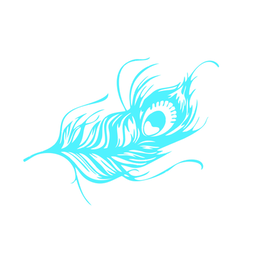Putao. Putao. Wherefore art thou, Putao?
- Connie Inglis

- Mar 2, 2021
- 2 min read
Updated: Feb 1, 2024
Putao. Where in the world is that? And why am I writing about it?

Does this map help you?
Or maybe these names will give you more clue:
Kachin, Shan, Karen, Arakan
These places and names may mean nothing to you, but to Ethan, the protagonist in my upcoming novel, Rewriting Adam, they become his world.
You see, Ethan's presence in Putao area was NOT part of his plan. Oh no. But he was lost, so why did it matter!
So Ethan finds himself here, because he says yes to a persuasive archaeologist who's heading to Putao to do survey, in search of test sites for future digs. It's a pristine area for archaeological study--one rich in heritage and culture. Perfect for survey work.
Kachin. Shan. Karen. Arakan. These are all states in Ethan's country of travel. Putao lies in Kachin state. Thus, the names.
There are 111 languages in this one country that is roughly the size of Alberta. Alberta's population, however, is only 4.5 million whereas this country's population is 55 million! That's more than 10 times more people.
Can you imagine 55 million people living in one province in Canada speaking over 100 languages! That's a crazy statistic in my mind.
In my novel, Ethan gets to experience a country, a world, so foreign to Canadians. He travels to an area I've never been to but one I've always wanted to visit, because I love to travel and learn. I AM curious, after all. Would you care to join me?
You can imagine the research I've had to do in order to get the geography and landscape right. And believe me, there's NOT a lot of information out there about this area of the world. At times I've had to ask nationals that we work with from that area if I had it right.
Putao is unique for a number of reasons. Here's one:
In the early 1930's, a missionary couple, forced out of China, found their way down from the north to settle in Putao. Their names were J. Russell and Gertrude Morse. (For more information on them, their mission, and photos of the area go to: https://www.northburmachristianmission.org/history-of-the-mission.html )
The Morse family came to serve and to offer povery-stricken people hope. Soon after their arrival, they realized that the Putao area had a similar climate to California. They introduced citrus fruits to help the people: grapefruit, different types of oranges, other citrus fruits.
To this day, these citrus fruits are still being grown by the local people.
In my novel, Ethan and his two companions arrive at Namkham village for an overnight stay. (You can see it on the first map.) Sitting out on the bamboo-slatted veranda, they are surrounded by rows and rows of grapefruit trees. Trees that were there because of missionaries that had arrived 70+ years before. Trees that can't be found anywhere else in the country. How cool is that!
Ethan's story is also unique. He encounters something in this part of the world that takes him on an unexpected and life-changing journey. Are you curious? I hope so.
I also hope I can get my final round of edits done so that my novel can FINALLY go to print. By God's grace.
And thanks for following me on my journey.




So fascinating, Connie! I love grapefruit and would love to eat some in Putao! I sent this link to Dusto. Probably won't make a difference to the music he's writing for you, but it's interesting nonetheless.